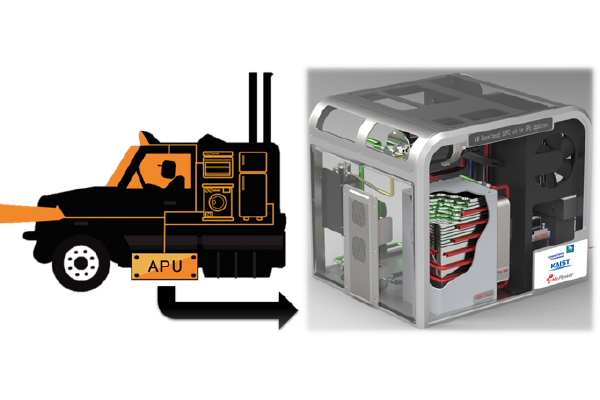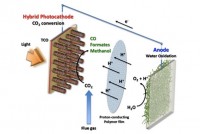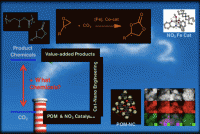As a research project of Saudi Aramco – KAIST CO2 management center, Professor Jeong Ik Lee’s research team is studying the development of high efficiency combined cycle gas turbine (CCGT) system with CO2 bottoming cycle. The project was started in 2014 to develop and evaluate the CO2 Brayton cycle as a bottoming cycle of a gas turbine system. The CCGT is a widely used power generation system that is used all over the world including the middle east. This system uses gas turbines as the topping power cycle and the bottoming power cycle. Due to the high temperature exhaust gas of the gas turbine, a combined cycle (gas turbine + steam Rankine cycle) can exceed 60% generation efficiency today. However, by applying the CO2 Brayton cycle instead of the steam Rankine cycle, it is expected to improve the system efficiency further by 3-5%.
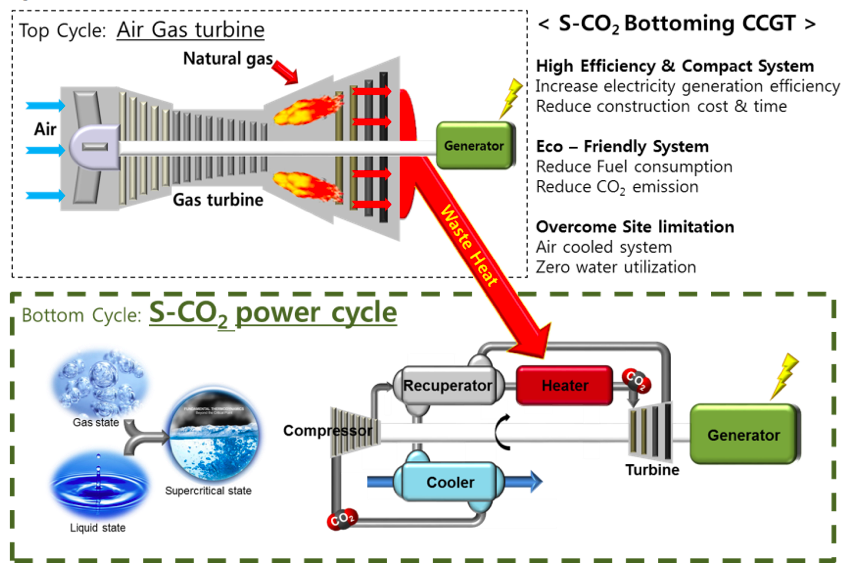
The S-CO2 power cycle is a closed Brayton cycle that uses a supercritical state of CO2 as a working fluid (CO2 critical point : 31℃ / 7.4MPa). The S-CO2 power cycle has been receiving attention as one of the future power technologies because of its compact configuration and high thermal efficiency at a relatively moderate turbine inlet temperature (450~750℃). This makes the cycle an appropriate choice for the bottoming cycle of a CCGT because its exhaust temperature range is approximately 500~600℃.
Another advantage is the capability to generate electricity economically with an air-cooled configuration. Most power plants located near oceans utilize seawater since air-cooling significantly degrades the system’s performance and increases cost. However, the S-CO2 Brayton cycle does not require a condensing process, and therefore can be air-cooled. This allows the S-CO2 system to overcome the limitation in site selection. Consequently the S-CO2 bottoming CCGT can be constructed in desert climates, and operated without any water utilization while reducing CO2 emission at the same time.
With possibility of these advantages, Proessor Lee’s research team at KAIST has been investigating the feasibility of the S-CO2 power cycle that can be better than a steam Rankine cycle in the CCGT system. The team evaluated various configurations theoretically in terms of cycle net efficiency and electricity production and studied quasi-steady state system analysis to predict system performance under various environmental conditions with the best performing cycle configuration.
For the component design and performance evaluation, a centrifugal compressor and a compact heat exchanger have been investigated experimentally and computationally. With a pre-existing facility, namely S-CO2PE (S-CO2 Pressurizing Experiment), major components (turbomachinery and heat exchanger) are tested and the system transient performance analysis tool is being developed. More recently, a Tesla turbine (Friction disc type turbine) was installed and tested to show its feasibility for the S-CO2 power cycle. As a result, the S-CO2PE facility generated electricity and became recognized as the fifth organization in the world to succeed in generating electricity with supercritical CO2.
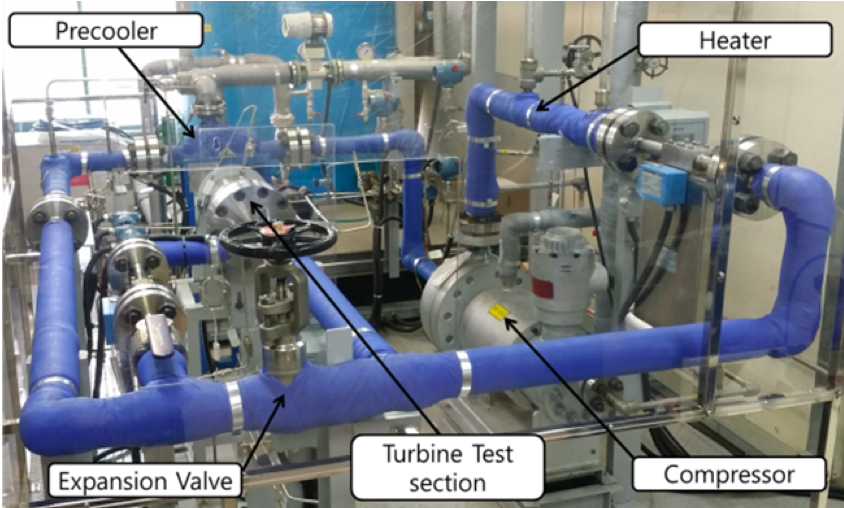
Lee, Jeong Ik (Associate Professor, Department of Nuclear & Quantum Engineering)
Homepage: http://npnp.kaist.ac.kr
E-mail: jeongiklee@kaist.ac.kr






